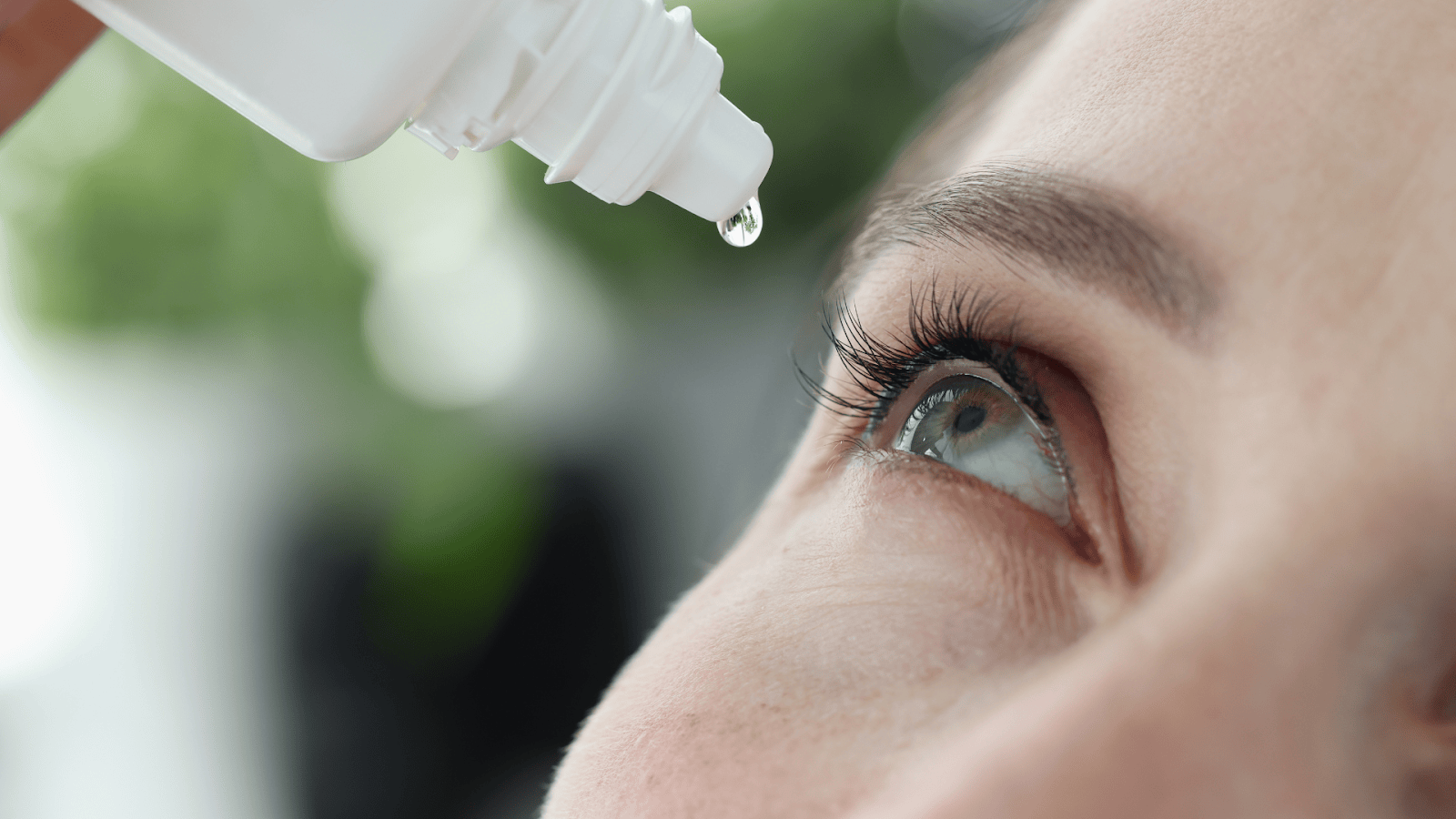
A series of lawsuits have recently been initiated against EzriCare and Delsam Pharma, two pharmaceutical companies whose artificial tear eye drops have been linked to a multi-state bacterial outbreak. The legal battle against these two companies is intensifying as more lawsuits are filed after the recall, drawing substantial attention from various sectors.
At Jeffrey Glassman Injury Lawyers, our team of experienced attorneys is committed to advocating for clients in product liability lawsuits. We specialize in cases arising from injuries caused by defective products, such as the EzriCare & Delsam Pharma Eye Drops.
 Product Liability Lawyer Blog
Product Liability Lawyer Blog





